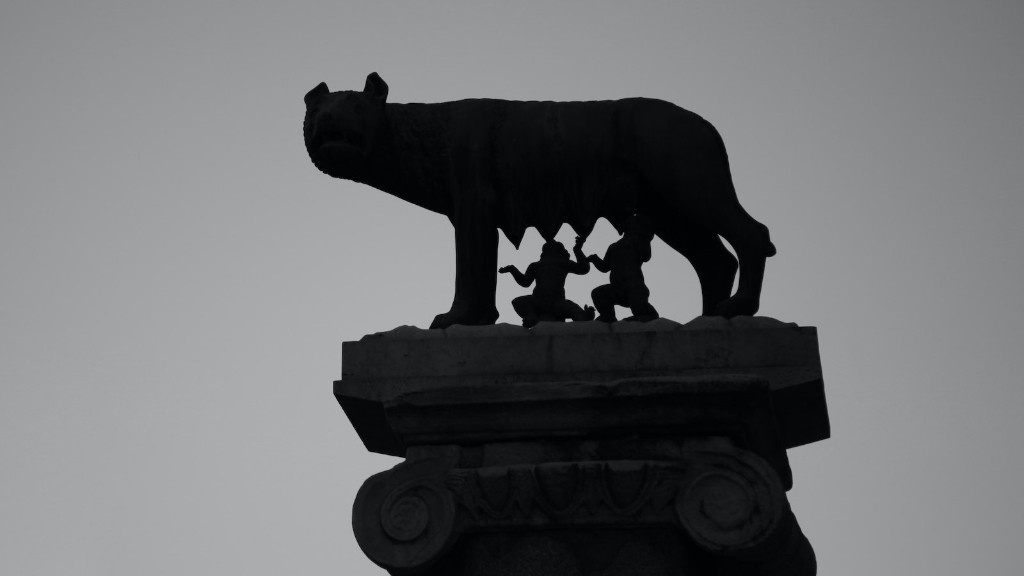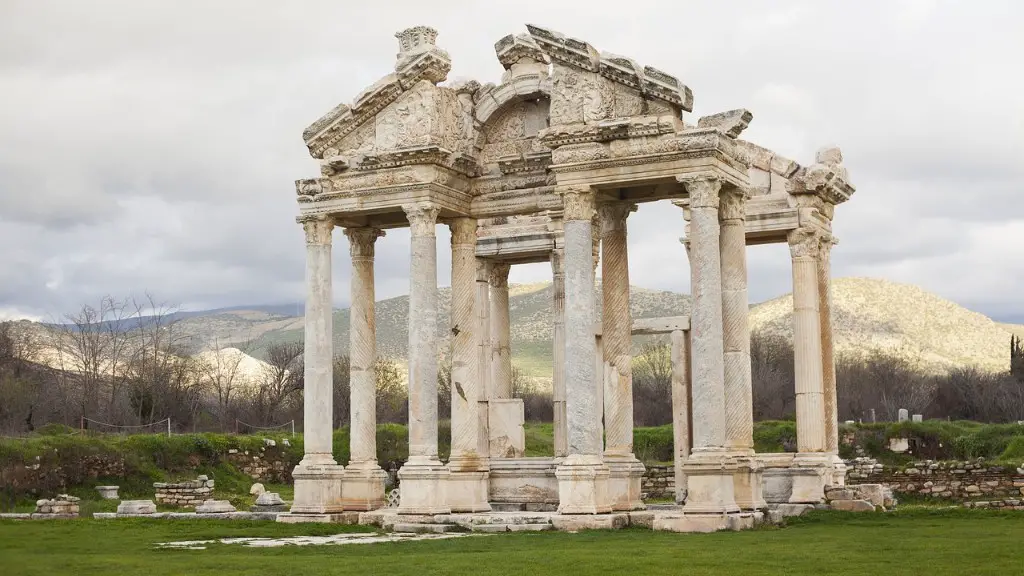Domestic Slavery in Ancient Rome
In Ancient Rome, enslaved people had an important role both socially and economically. Slaves were widely used to work in households and farms, in different professional fields, such as building construction and industry, and as personal attendants and assistants. Depending on their origin, Roman slaves had different names and conditions. This article will explain the kind of jobs slaves did in the Roman Empire, their opportunities to gain freedom, and the management of the slave population.
Slaves in Ancient Rome had already existed before legal rules concerning slavery regulated their condition. In Roman times, enslavement was the result of many circumstances, such as war, piracy, or self-enslavement. Slaves were mainly used in households, farms, and workshops.
A common job for slaves was in domestic service. Servants and slaves worked in Roman households taking care of daily needs such as cleaning, laundry, or cooking. Salves could be also employed as craftsmen, like the familia navalis, slaves trained to build and repair ships. Others were used as labourers and porters in daily activities like markets, food production, and agriculture. In the difficult times of the Republic, the use of slaves in trade was banned, however, later in the Empire, it became more and more popular. Slaves could be also used for more complex works, as in miner’s works and constructing roads.
Slaves could gain their freedom in two ways. The first one was called manumissio, which means the master decided and pursued the process of freeing the slave. The second one was named vindicta, which means the trial of slaves, who became free after the verdict in their favour.
The Roman Empire had an important slave population. It provices an interesting fact about their distribution. Nearly half of the slave population was concentrated in Rome, while the rest was scattered among the Italian municipalities. Despite many attempts to regulate and calculate the slave population, it is still hard to find precise figures, since not all the slaves were registered. Nevertheless, the number of freed slaves was important.
To conclude, slaves in Ancient Rome were an important part of society. They were employed mainly in households and in works such as building construction, industry and personal assistance. They could obtain freedom by trial or through their master’s decision. Finally, the slave population was particularly concentrated in Rome but was also spread throughout Italy.
The Role of Women Slaves in Ancient Rome
Women slaves in Ancient Rome were valued for their capacity to perform a variety of roles in different domains. The oldest and most significant occupations of women slaves were in the domestic domain, where they held responsibilities such as wet-nurses, handmaidens, cooks, bath-attendants, and midwives. Beyond the household realm, women slaves performed diverse duties in the commercial, literary, and religious domains.
In the commercial domain, female slaves engaged in occupations such as market-trading, fabric-weaving and spinning, inn-keeping, and money-lending. In the literary domain, women slaves performed duties such as reading, writing, illustrating, and copy-editing. Women slaves were also valued for their skills in the religious domain, where they served as acolyte, devotee, dancer, and sacred prostitute. Additionally, women slaves were sometimes employed as wet-nurses to upper-class children. Doing so, they provided them with comfort and nourishment.
In Roman society, women slaves were considered a valuable asset and practical commodity due to their roles and capacities. For example, many women slaves of freeborn mothers had the disposal of their mother’s artisanal knowledge that was highly important in the crafting of furniture and luxury items. Women slaves were often more versatile than men slaves, which allowed them to perform different roles in the public, commercial, and academic domains.
Unlike male slaves, women slaves were sometimes freed by their masters. This was a common practice in ancient Rome due to the sense of respect and dignity they were usually given. Additionally, if women slaves produced or inherited enough money or land, they could also purchase their freedom. It is worth mentioning that the laws regarding slaves in Rome were more lenient for women than for men.
To conclude, women slaves played a significant role in the Roman Empire. They worked in different domains like household, commerce, literature, and religion, for which they were highly valued for. Moreover, laws regarding slavery in Rome were more flexible for them, and female slaves were sometimes freed by their masters or purchased their freedom.
Opportunities for Slave Education in Ancient Rome
Slave education in Ancient Rome often varied according to the type of slave and his or her’s master. Generally, the children of freed slaves were able to attend elementary and secondary schools, while a few privileged slaves were given the opportunity to attend university classes. Therefore, in some cases, slave education encouraged the possibility of earning a profession or profession-related job.
Often, Roman masters also provided their slaves with education that helped them to be successful in their labor and daily chores. For instance, some slaves learned trade-related skills such as money-changing and running a business. Livy stated that lower-class slaves were often fed with food and provided with the necessary clothing items in order to stay fit and healthy. Additionally, some slaves were taught to speak and write Latin, Greek, and other languages, which was very advantageous for slaves looking forward to pursue higher education.
Slave education in Rome was also a way in which the elite could maintain their power. Through education, masters could effectively control their slaves and prevent them from turning against them. As a result, some masters believed that by educating their slaves, they could avoid costly uprisings and rebellions. In fact, some of the most educated slaves had the possibility to obtain an important civic task, such as becoming ambassadors or bearers of important messages.
Continuing, many masters of the Republican and Imperial eras were not only interested in educating their slaves, but also in rewarding them. In this context, some slaves were granted freedom or manumission if they proved to be particularly knowledgeable or skillful. Consequently, slave education in Ancient Rome often extended beyond just granting skills. It was also a way of developing social, economic, and political bonds between master and slave.
Finally, slave education was predominant in ancient Rome and was an important factor in the social and economic structure. Generally, Roman masters provided their slaves with education to help them contribute to the house and labor activities. Additionally, slave education helped masters maintain their power and control, as well as encouraged and rewarded loyal slaves.
The Treatment of Slaves in Ancient Rome
In Ancient Rome, slave treatment was strictly codified in the Twelve Tables of Roman Law, which stated that no one was allowed to physically mistreat their slaves. However, it also provided with exceptions to accommodate the cases in which a master could end up killing a slave. The Roman Empire knew that slavery was an important part of their economic engine, and thus it was a deterrent to excessive violence against their slaves.
While the Roman legal system greatly restricted any mishandling of slaves, this did not mean that slaves were not exposed to strong and sometimes horrible labour. Slaves were subjected to torture, beatings, and overwork. On top of this toil, they could also face a variety of humiliations and forms of violence. Both men and women were forced to endure lower wages and harsh treatment, but women were specially prone to sexual abuse and rape at the hands of their masters or other influential people.
Regarding their legal status, slaves enjoyed certain protections, especially if they served in public domains like temples or ministries. This legal recognition granted them the right to own non-transferable property, access the local legal courts, receive special treatment when travelling, and be rewarded with a properly paid salary. However, even in these cases, Roman law was clear to point out that slaves were not free individuals and counted as a property of their owner.
Life for a slave in Ancient Rome was harsh, with almost no hope of escape and liberation. Though a few slaves obtained their freedom, most of them remained haunted by the prospect of being sold away or separated from their family and loved ones. The law provided with protection, but not all masters followed it. The chance of mistreatment and abuse, as well as a difficult working environment and poor labor conditions, were a common reality in the lives of slaves in the Roman Empire.
Slave Rebellions in Ancient Rome
Slave revolts in Ancient Rome were a serious threat to the status quo of the Empire. Rebellions, most of them secretly organised, is known to have taken place in different parts of the Roman world. Secession and uprisings such as the one led by Eunus in Sicily, or Spartacus’ rebellion in Italy, are examples of the strength that slaves had when they came together and decided to fight back and claim their freedom.
Roman authorities were particularly wary of the survival of insurrectional movements, and they therefore took steps to avoid and diminish it. For instance, they encouraged the introduction of measures like the emancipation of slaves, rewarding loyalty with freedom, and providing prisoners of war with better working conditions. Moreover, The Great Roman Law directed to Cornelius Sulla in attemps to protect his land from uprising also made sure to include as many names as possible when it came to punishing slaves that disobeyed the law.
Nevertheless, slave rebellions in Ancient Rome thrived. Slave owners would sometimes lose their property, their belongings, and sometimes even their lives. Rebellions were also difficult for slaves to control, as most of them were in the dark about their leader’s plans, and many times their only realistic expectation was probable death. The fear of slave revolts in the Empire was so great that Emperor Hadrian was said to have passed a law to limit slaves to seven at a time.
To summarise, slave rebellions in Ancient Rome were an ever-present threat. Despite various strategies and conditions to restrict it, Roman authorities had to be wary of the strength that slaves had when they united and decided to fight back and achieve their liberation. Slave rebellions caused great loss of property and life, and thus the Roman Emperor Hadrian eventually declared a law to limit slaves to seven at a time.
Conclusion
In the Roman Empire, slaves were an important part of society in many aspects. They were employed mainly in households, industries, and construction works, as well as in trading, religious domains, and other activities. Moreover, enslaved women were often more versatile than men and had the possibility to obtain their freedom more easily. Slave education was widely spread, in which some could pursue higher studies and receive rewards. Finally, even if Roman law forbid physical mistreatment, slaves often faced harsh labor and daily forms of violence, which prompted some of them to arrange revolts with the attempt of achieving their liberation.





